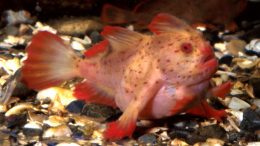A few months ago a group of scientists warned about the rise of “extinction denial,” an effort much like climate denial to mischaracterize the extinction crisis and suggest that human activity isn’t really having a damaging effect on ecosystems and the whole planet.
That damaging effect is, in reality, impossible to deny.
This past year scientists and conservation organizations declared that a long list of species may have gone extinct, including dozens of frogs, orchids and fish. Most of these species haven’t been seen in decades, despite frequent and regular expeditions to find out if they still exist. The causes of these extinctions range from diseases to invasive species to habitat loss, but most boil down to human behavior.
Of course, proving a negative is always hard, and scientists are often cautious about declaring species truly lost. Do it too soon, they warn, and the last conservation efforts necessary to save a species could evaporate, a problem known as the Romeo and Juliet Effect. Because of that, and because many of these species live in hard-to-survey regions, many of the announcements this past year declared species possibly or probably lost, a sign that hope springs eternal.
And there’s reason for that hope: When we devote energy and resources to saving species, it often works. A study published in 2019 found that conservation efforts have reduced bird extinction rates by 40%. Another recent paper found that conservation actions have prevented dozens of bird and mammal extinctions over just the past few decades. The new paper warns that many of the species remain critically endangered, or could still go extinct, but we can at least stop the bleeding.
And sometimes we can do better than that. This year the IUCN — the organization that tracks the extinction risk of species around the world — announced several conservation victories, including the previously critically endangered Oaxaca treefrog (Sarcohyla celata), which is now considered “near threatened” due to protective actions taken by the people who live near it.
“We can turn things around. We don’t just have to sit there and cry,” says conservation scientist Stuart Pimm, founder of the organization Saving Nature.
But at the same time, we need to recognize what we’ve lost, or potentially lost. We can mourn them and vow to prevent as many others as possible from joining their ranks.
With that in mind, here are the species that scientists and the conservation community declared lost in 2020, culled from media reports, scientific papers, the IUCN Red List and my own reporting.
32 orchid species in Bangladesh — One of the first papers of 2020 to report any extinctions announced the probable loss of 17% of Bangladesh’s 187 known orchid species. Some of these still exist in other countries, but even regional extinctions (or extirpations, as they’re called) tell us that we’ve taken a toll on our ecological habitats. A similar paper published just days later suggested that nine more orchid species from Madagascar may have also gone extinct.
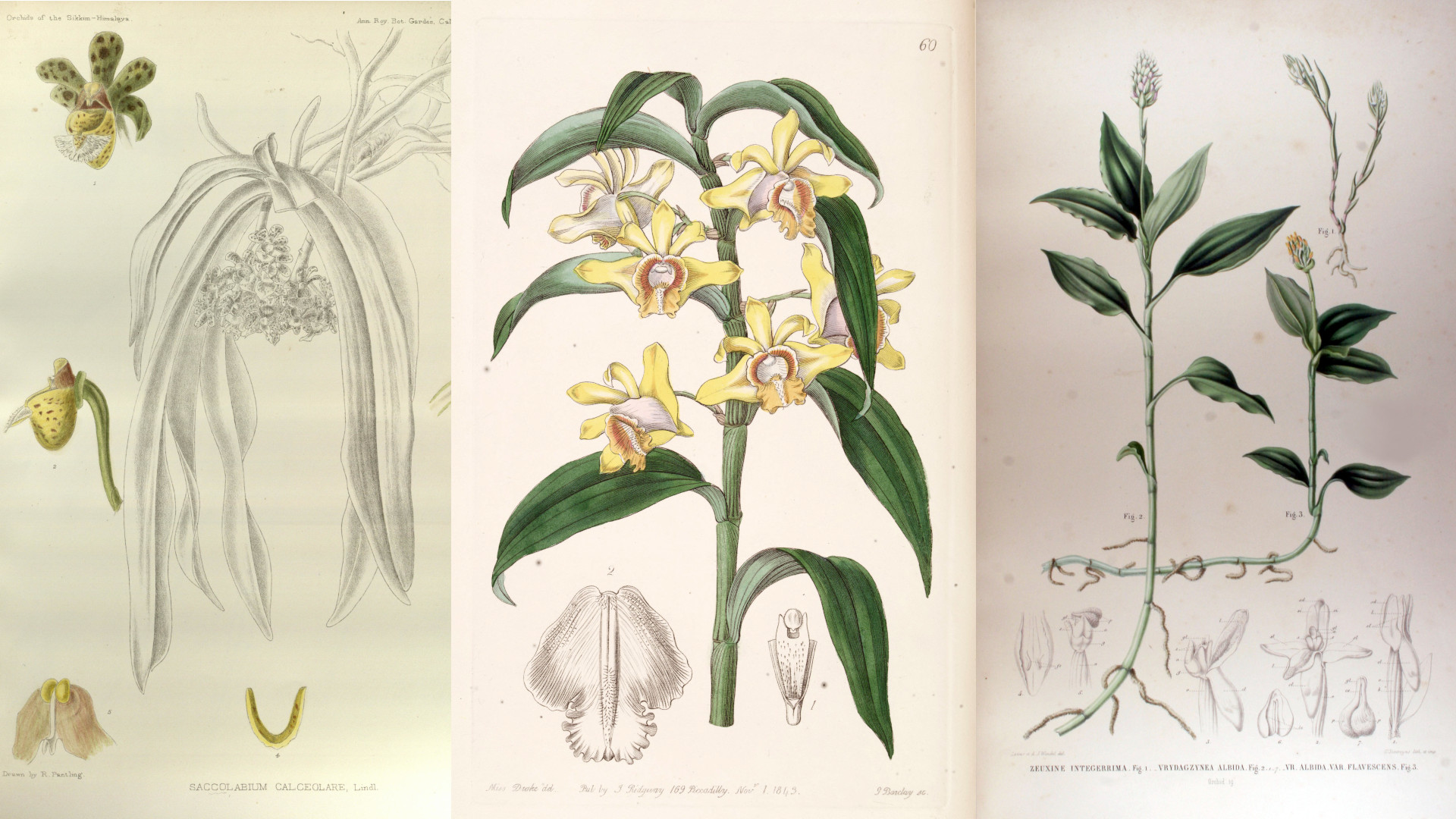
Smooth handfish (Sympterichthys unipennis) — One of the few extinctions of 2020 that received much media attention, and it’s easy to see why. Handfish are an unusual group of species whose front fins look somewhat like human appendages, which they use to walk around the ocean floor. The smooth species, which hasn’t been seen since 1802, lived off the coast of Tasmania and was probably common when it was first collected by naturalists. Bottom fishing, pollution, habitat destruction, bycatch and other threats are all listed as among the probable reasons for its extinction. Even though the local fishery collapsed more than 50 years ago, the remaining handfish species are still critically endangered, so this extinction should serve as an important wake-up call to save them.
65 North American plants — This past year researchers set out to determine how many plants in the continental United States had been lost. They catalogued 65, including five small trees, eight shrubs, 37 perennial herbs and 15 annual herbs. Some of these had been reported before, but for most this is the first time they’ve been declared extinct. The list includes Marshallia grandiflora, a large flowering plant from the American Southeast that was declared its own species this past year. Too bad it was last seen in 1919 (and has been confused with other species for even longer).
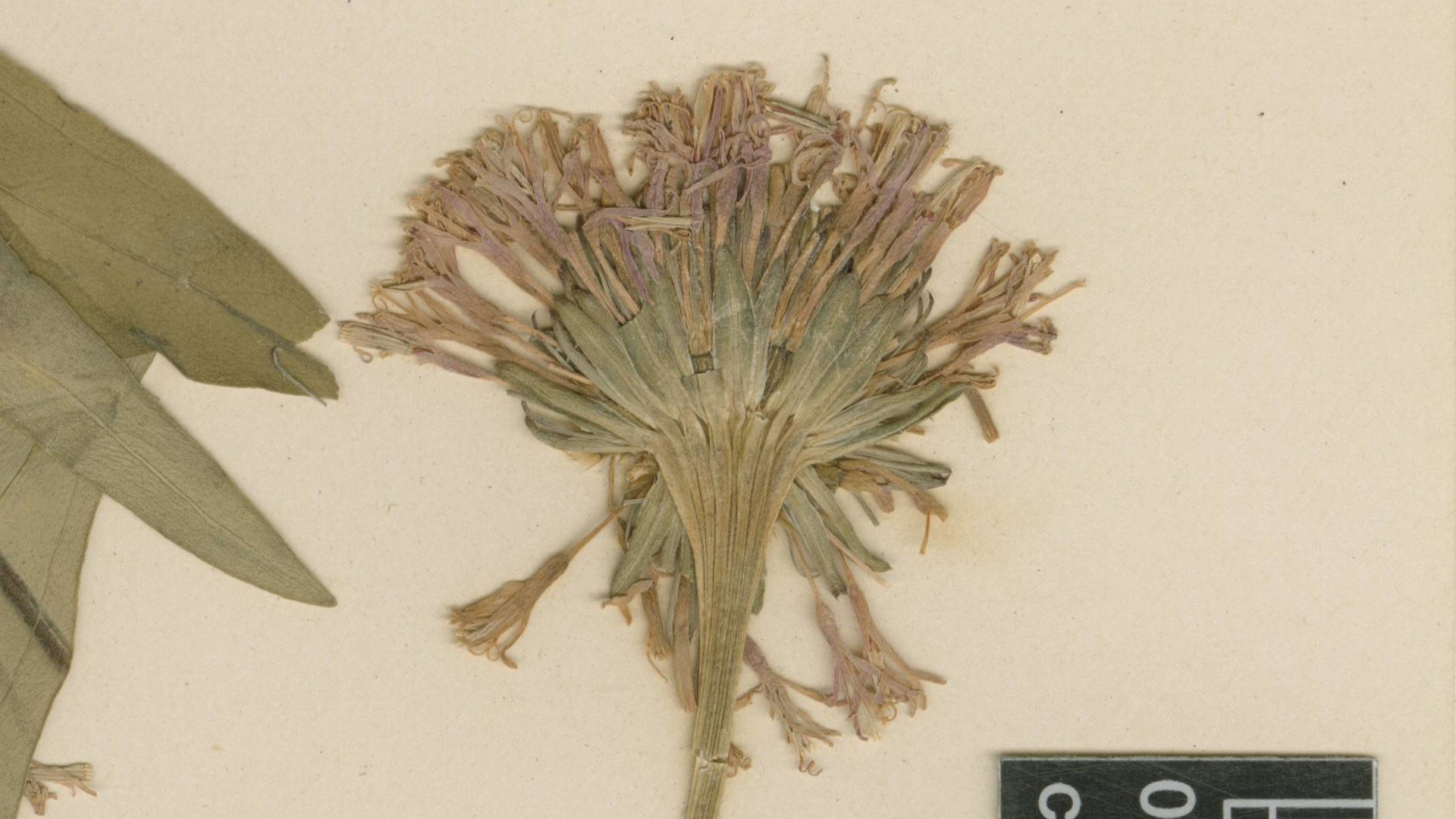
22 frog species — The IUCN this year declared nearly two dozen long-unseen Central and South American frog species as “critically endangered (possibly extinct)” — victims of the amphibian-killing chytrid fungus. They include the Aragua robber frog (Pristimantis anotis), which hasn’t been observed in 46 years, and the Piñango stubfoot toad (Atelopus pinangoi), which mostly disappeared in the 1980s. A single juvenile toad observed in 2008 leads scientists to say this species “is either possibly extinct or if there is still an extant population, that it is very small (<50 mature individuals).”
Chiriqui harlequin frog (Atelopus chiriquiensis) and splendid poison frog (Oophaga speciosa) — Last seen in 1996 and 1992, these frogs from Costa Rica and Panama fell victim to the chytrid fungus and were declared extinct in December.
15% of mite species — This requires a lot more research, but a paper published this past August announced “evidence of widespread mite extinctions” following similar disappearances of plants and vertebrates. Mites may not look or sound important, but they play key roles in their native ecosystems. If 15% of the world’s 1.25 million mite species were lost by the year 200, we’re talking tens to hundreds of thousands of extinctions — a number the researchers predict will continue to rise.
Simeulue Hill mynas — An alarming paper called this an “extinction-in-process” of a previously undescribed bird that probably went extinct in the wild in the past two to three years due to overcollection for the songbird trade. A few may still exist in captivity — for now.
17 freshwater fish from Lake Lanao, Mindanao, the Philippines — A combination of predatory invasive species, overharvesting and destructing fishing methods (such as dynamite fishing) wiped these lost species out. The IUCN this year listed 15 of the species as “extinct” following extensive searches and surveys; the remaining two as “critically endangered (possibly extinct).” The predators, by the way, are still doing just fine. Here are the 15 extinct species:
- Barbodes disa — last seen in 1964.
- Barbodes truncatulus – last seen in 1973.
- Barbodes pachycheilus – last seen in 1964.
- Barbodes palaemophagus – last seen in 1975.
- Barbodes amarus – Last seen in 1982.
- Barbodes manalak – Once a commercially valuable fish, last seen in 1977.
- Barbodes clemensi – last seen in 1975.
- Barbodes flavifuscus – last seen in 1964.
- Barbodes katolo – last seen in 1977.
- Barbodes palata – last seen in 1964.
- Barbodes baoulan — last seen in 1991.
- Barbodes herrei — last seen in 1974, when just 40 pounds’ worth of fish were caught.
- Barbodes lanaoensis — last seen in 1964.
- Barbodes resimus — last seen in 1964.
- Barbodes tras — last seen in 1976.
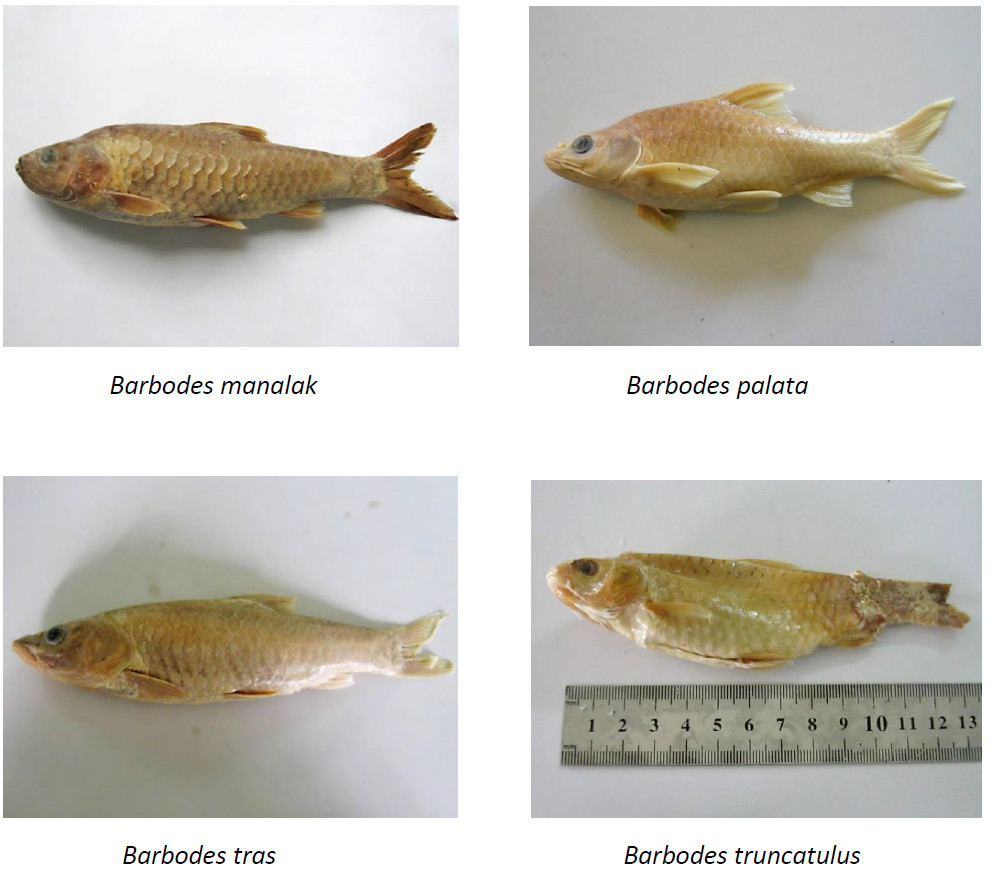
Bonin pipistrelle (Pipistrellus sturdeei) — Scientists only recorded this Japanese bat one time, back in the 19th century. The IUCN listed it as “data deficient” from 2006 to 2020, a period during which its taxonomy was under debate, but a paper published in March settled that issue, and the latest Red List update placed the species in the the extinct category. The Japanese government itself has listed the bat as extinct since 2014.
Pseudoyersinia brevipennis — This praying mantis from France hasn’t been seen since 1860. Its declared extinction comes after some extended (and still unresolved) debate over its validity as a unique species.
Agave lurida — Last seen in Oaxaca, Mexico, in 2001, this succulent was finally declared extinct in the wild this year after numerous expeditions searching for remaining plants. As the IUCN Red List notes, “There are only a few specimens left in ex-situ collections, which is a concern for the extinction of the species in the near future.”
Falso Maguey Grande (Furcraea macdougallii) — Another Oaxacan succulent that’s extinct in the wild but still exists in cultivated form (you can buy these plants online today for as little as $15). Last seen growing naturally in 1973, the plant’s main habitat was degraded in 1953 to make way for agave plantations for mezcal production. Wildfires may have also played a role, but the species’ limited distribution also made it easier to kill it off: “The restricted range of the species also made it very vulnerable to small local disturbances, and hence the last few individuals were easily destroyed,” according to the IUCN.
Eriocaulon inundatum — Last scientifically collected in Senegal in 1943, this pipewort’s only know habitat has since been destroyed by salt mining.
Persoonia laxa — This shrub from New South Wales, Australia, was collected just two times — in 1907 and 1908 — in habitats that have since become “highly urbanized.” The NSW government still lists it as “presumed extinct,” but the IUCN placed it fully in the “extinct” category in 2020.
Nazareno (Monteverdia lineata) — Scientific papers declared this Cuban flowering plant species extinct in 2010 and 2015, although it wasn’t catalogued in the IUCN Red List until this year. It grew in a habitat now severely degraded by agriculture and livestock farming.
Wynberg conebush (Leucadendron grandiflorum) — This South African plant hasn’t been seen in more than 200 years and was long considered the earliest documented extinction from that country, although it only made it to the IUCN Red List recently. Its sole habitat “was the location of the earliest colonial farms,” including vineyards.
Wolseley conebush (Leucadendron spirale) — Another South African plant, this one last seen in 1933 and since extensively sought after, including high rewards for its rediscovery. The IUCN says the cause of its extinction is unknown “but is likely the result of habitat loss to crop cultivation, alien plant invasion and afforestation.” Oh yeah, and it probably didn’t help that in 1809 a scientist wrote that the species possessed “little beauty” and discouraged it from further collection.
Schizothorax saltans — This fish from Kazakhstan was last seen in 1953, around the time the rivers feeding its lake habitats were drained for irrigation. The IUCN did not assess the species before this past year.
Alphonsea hortensis — Declared “extinct in the wild” this year after no observations since 1969, the last specimens of this Sri Lankan tree species now grow at Peradeniya Royal Botanic Garden.
Lord Howe long-eared bat (Nyctophilus howensis) — This island species is known from a single skull discovered in 1972. Conservationists held out hope that it still existed following several possible sightings, but those hopes have now been dashed.
Deppea splendens — This IUCN declared this beautiful plant species “extinct in the wild” this year. All living specimens exist only because botanist Dennis Breedlove, who discovered the species in 1973, collected seeds before the plant’s sole habitat in Mexico was plowed over to make way for farmland. Now known as a “holy grail” for some gardeners, cultivated plants descended from Breedlove’s seeds can be purchased online for as little as $16.95.
Pass stubfoot toad (Atelopus senex) — Another Costa Rican chytrid victim, last seen in 1986.
Craugastor myllomyllon — A Guatemalan frog that never had a common name and hasn’t been seen since 1978 (although it wasn’t declared a species until 2000). Unlike the other frogs on this year’s list, this one disappeared before the chytrid fungus arrived; it was likely wiped out when agriculture destroyed its only habitat.
Spined dwarf mantis (Ameles fasciipennis) — This Italian praying mantis was only scientifically collected once, in or around 1871, and never seen again. The IUCN says the genus’s taxonomy is “rather confusing and further analysis need to be done to confirm the validity of this species.” Here’s what we do know, though: There are none to be found today, despite extensive surveys.
Scleria chevalieri — This Senagalese plant, last seen in 1929, once grew in swamps that have since been drained to irrigate local gardens.
Hawai‘i yellowwood (Ochrosia kilaueaensis) — This tree hasn’t been seen since 1927. Its rainforest habitat has been severely degraded by invasive plants and goats, as well as fires. It’s currently listed as endangered under the U.S. Endangered Species Act, but the IUCN declared it extinct this past year.
Roystonea stellate — Scientists only collected this Cuban palm tree a single time, back in 1939. Several searches have failed to uncover evidence of its continued existence, probably due to conversion of its only habitats to coffee plantations.
Jalpa false brook salamander (Pseudoeurycea exspectata) — Small farms, cattle grazing and logging appear to have wiped out this once-common Guatemalan amphibian, last seen in 1976. At least 16 surveys since 1985 did not find any evidence of the species’ continued existence.
Faramea chiapensis — Only collected once in 1953, this Mexican plant lost its cloud-forest habitat to colonialism and deforestation.
Euchorium cubense — Last seen in 1924, this Cuban flowering plant — the only member of its genus — has long been assumed lost. The IUCN characterized it as extinct in 2020 along with Banara wilsonii, another Cuban plant last seen in 1938 before its habitat was cleared for a sugarcane plantation.
Aloe silicicola — Last seen in 1920, this plant from the mountains of Madagascar enters the IUCN Red List as “extinct in the wild” due to a vague reference that it still exists in a botanical garden. Its previous habitat has been the site of frequent fires.
Chitala lopis — A large fish from the island of Java, this species hasn’t been seen since 1851 (although many online sources use this taxonomic name for other “featherback” fish species that still exist). It was probably wiped out by a wide range of habitat-degrading factors, including pollution, unsustainable fishing and near-complete deforestation around nearby rivers.
Eriocaulon jordanii — This grass species formerly occurred in two known sites in coastal Sierra Leone, where its previous habitats were converted to rice fields in the 1950s.
Amomum sumatranum — A relative of cardamom, this plant from Sumatra was only scientifically collected once, back in 1921, and the forest where that sample originated has now been completely developed. The IUCN says one remaining cultivated population exists, so they’ve declared it “extinct in the wild.”
Lost shark (Carcharhinus obsoletus) — This species makes its second annual appearance on this list. Scientists described this species in 2019 after examining decades-old specimens, noting that it hadn’t been observed since the 1930s. This year the IUCN added the species to the Red List and declared it “critically endangered (possibly extinct).”
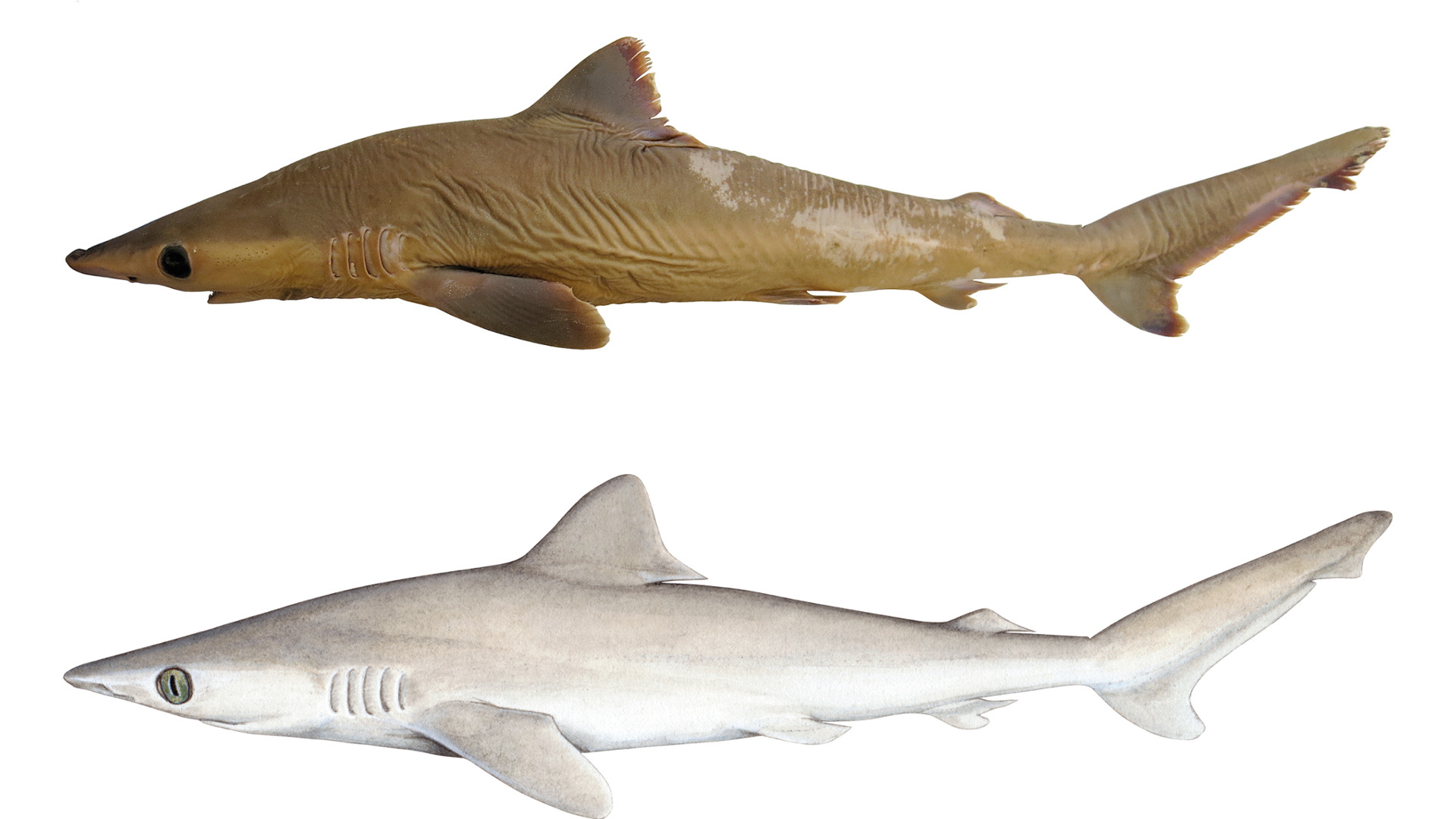
Cora timucua — This lichen from Florida was just identified from historical collections through DNA barcoding. Unfortunately no new samples have been collected since the turn of the 19th century. The scientists who named the species this past December call it “potentially extinct” but suggest it be listed as critically endangered in case it still hangs on in remote parts of the highly developed state. They caution, however, that it hasn’t turned up in any recent surveys.
Dama gazelle (Nanger dama) in Tunisia — This critically endangered species still hangs on in a few other countries, and in captivity, but the death of the last individual in Tunisia marked one more country in which the gazelle has now been extirpated and serves as a stark reminder to keep the rest from fading away.
![]()

